Feng Shui alternates, presenting challenges; Kimi faces dual pressures of trust and commercialization
![]() 11/28 2024
11/28 2024
![]() 402
402
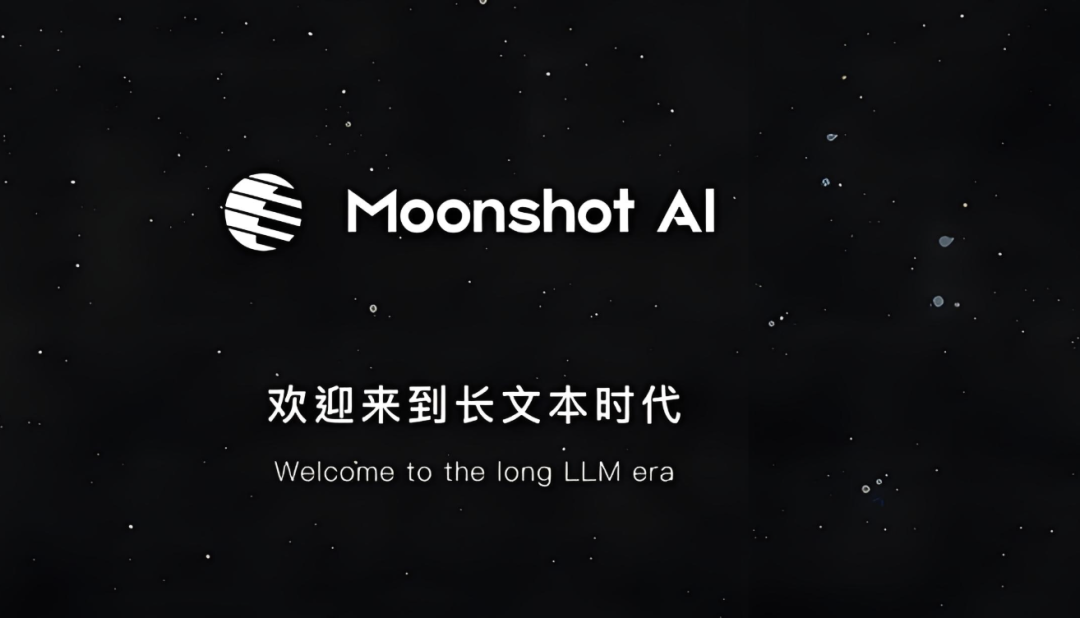
This article is the 866th original work by Deep Dive Atom
"The dark side of the moon is also the dark side of human nature"
Author: Xia Ping'an
Editor: Deep Dive Atom Studio
In the era of large models, the dark side of the moon (Kimi) can be described as a hot star company. It has become an industry leader in just two years since its establishment, with over 27 million monthly website visits.
When Kimi was at its peak, it received some bad news. In November 2024, Kimi's founders, Yang Zhilin and Zhang Yutao, were sued by investors from their previous venture, Loop Intelligence, in Hong Kong. The relevant electronic arbitration application has also been submitted to the Hong Kong International Arbitration Centre.
For Kimi, this represents a significant crisis of trust, and its glowing image in the capital market has been significantly impacted. However, Kimi also faces various issues in operations and commercialization. For example, the expected verification code delivery time for Kimi is as long as 120 seconds, even though verification codes can be sent within seconds. As a representative of high technology, this experience is not good. Additionally, in terms of commercialization, Kimi has taken too big of steps, and its products lack sufficient support, making it difficult to retain users in the long run through marketing alone.
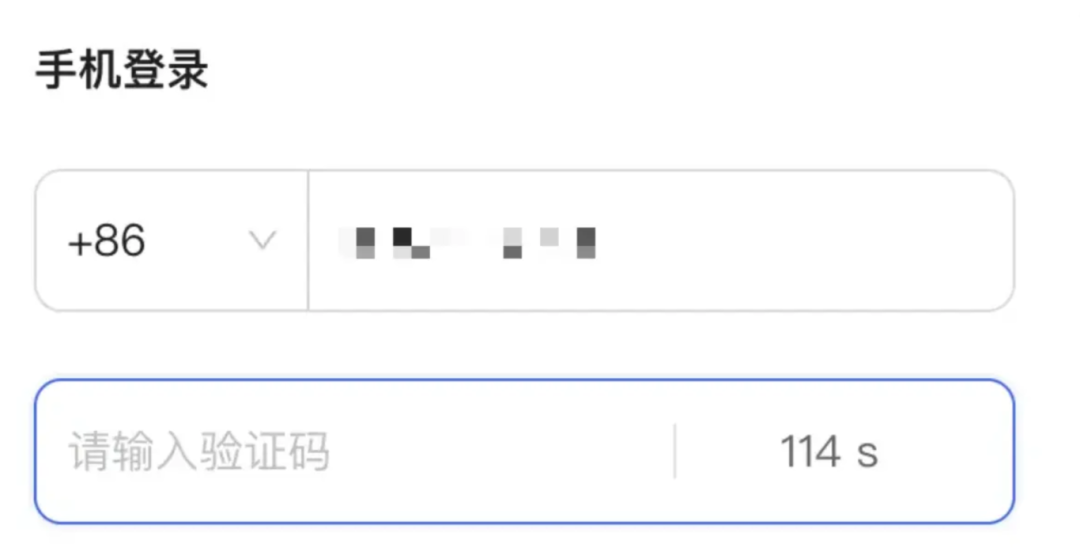
The dark side of the moon is also the dark side of human nature
In 2023, large models gained popularity, and this concept quickly spread to end-users. As a result, the capital market has high hopes for the large model sector. According to market research firm Pitchbook, the total funding for startups related to generative AI in 2023 reached $27 billion.
After Wang Huiwen issued a hero's call, many people regarded $50 million as the starting standard for establishing a large model company. However, few people expected that a newly established company, Kimi, could easily complete an angel round of funding of nearly RMB 2 billion. This even surpassed the $50 million funding received by Baichuan Intelligence, founded by Wang Xiaochuan around the same time.
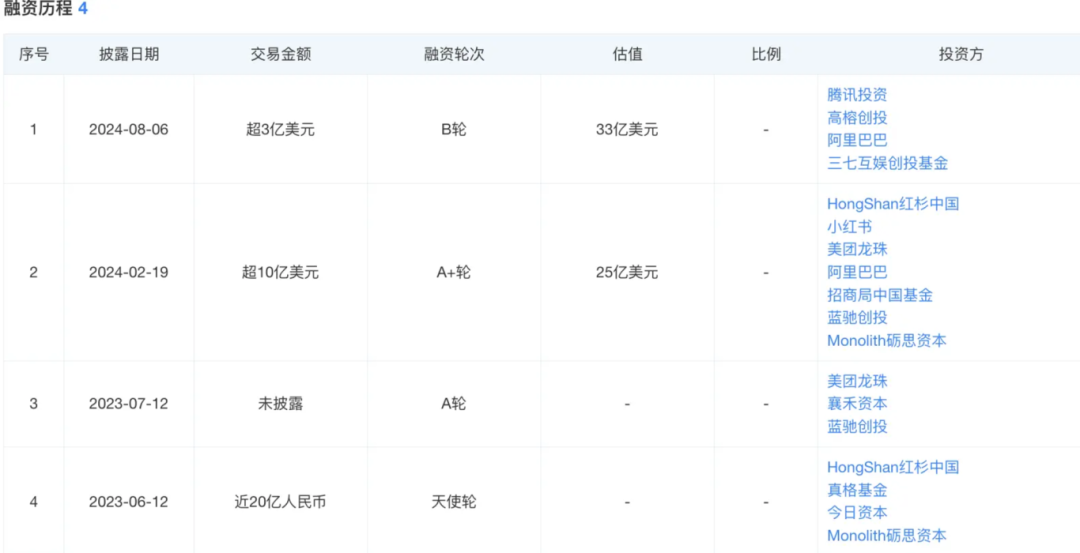
Undoubtedly, whether it's Kimi or Baichuan Intelligence, they were able to obtain large investments shortly after their establishment, which is inseparable from the trend of large models. Led by OpenAI, generative AI has developed rapidly. Even in 2024, this momentum has not stopped, with investments in the large model sector reaching RMB 320 billion in the first half of the year. Such a frenzied market is a huge hotbed for entrepreneurs.
Compared to Baichuan Intelligence, whose core team comes from well-known tech companies like Sogou, Google, Tencent, Baidu, Huawei, Microsoft, and ByteDance, Kimi's team has a stronger research focus. Led by Professor Yang Zhilin, a professor at Tsinghua University's Institute for Interdisciplinary Information Sciences and a young scientist at the Institute for AI Industry Research, Yang studied for his Ph.D. at CMU under the guidance of Ruslan Salakhutdinov, head of AI at Apple, and William W. Cohen, chief scientist of Google AI. Co-founder Zhang Yutao holds a Ph.D. in Computer Science from Tsinghua University and studied under Professor Tang Jie, a top expert in data mining and deputy director of the department. Core members have participated in the development of multiple large models such as Google Gemini, Google Bard, Pangu NLP, and ERNIE Bot.
It is evident that investors show strong interest in startups with strong technical strength and market potential in the field of AI large models. Within less than two years of its establishment, Kimi has completed four rounds of funding, with the A+ round exceeding $1 billion. After completing the B round, its valuation reached $3.3 billion.
Compared to Baichuan Intelligence, Kimi's biggest problem may lie in its operations. Before founding Kimi, Yang Zhilin and Zhang Yutao had entrepreneurial experience. In 2016, they founded Loop Intelligence, an AI software provider for enterprise marketing and customer service.
In 2016, benefiting from deep learning, artificial intelligence also ushered in an important opportunity. Although the funding scale was not as exaggerated as that of Kimi, Loop Intelligence also completed five rounds of funding, raising a total of hundreds of millions of RMB and achieving a valuation of over $200 million at one point. It is worth noting that Loop Intelligence is still in operation today, with 41 employees on social security in 2023.
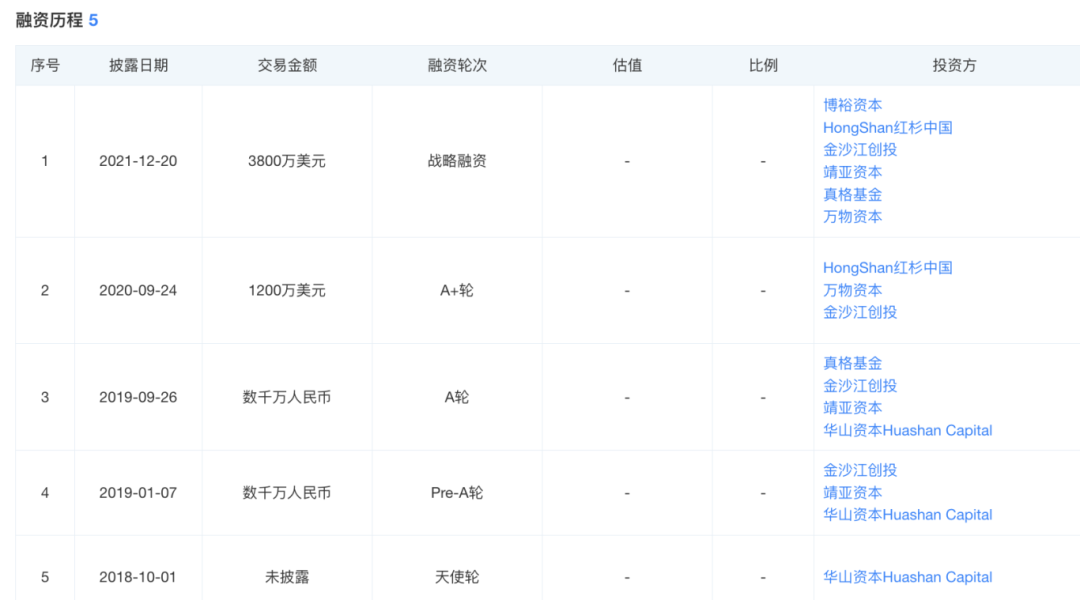
Before Loop Intelligence went out of business, Yang Zhilin took the core employees of Loop Intelligence to start a new project, Kimi, which led to intense conflicts between Yang Zhilin and Loop Intelligence shareholders.
At the end of 2022, ChatGPT gained immense popularity, and Yang Zhilin, seeing this huge opportunity, began preparing to establish the Dark Side of the Moon. According to Yang Zhilin, they began focusing on the first round of funding in February 2023. If delayed until April, there would be little opportunity left. Therefore, they started the Kimi project without obtaining the approval of all shareholders. They also wanted to follow in the footsteps of Luo Yonghao by replacing Loop Intelligence's equity with Kimi's equity, which led to dissatisfaction among Loop Intelligence investors and resulted in arbitration requests.
It is worth noting that Zhang Yutong, managing partner of GSR Ventures, played an important role both during the Loop Intelligence period and the Kimi period. Not only did GSR Ventures participate in both projects, but Zhang Yutong was considered a key figure in Kimi securing nearly $1 billion in funding from Alibaba. With Zhang Yutong's help, Kimi, which was late to enter the market and had less experience, not only remained in the large model sector but even surpassed newcomers. Additionally, there are reports that Zhang Yutong has significant influence in Kimi's human resources and may even join the company.
Zhang Lei, the founder of Hillhouse Capital, once said, "Investing is about investing in people. You need to find reliable entrepreneurs with a broad perspective, open-mindedness, and executive ability." When deep learning was popular, Yang Zhilin laid the groundwork for Loop Intelligence. When development did not meet expectations, he abandoned this "broken car" on the road and chose another hotter sector, demonstrating almost zero strategic resolve.
Although the large model sector has enabled Yang Zhilin to obtain larger funds and higher attention, not all investors are like Zhang Yutong. Will other investors' perceptions of Kimi change after Yang Zhilin and Zhang Yutao were arbitrated by investors?
Intense competition: Can Kimi win through marketing?
Any high-tech industry can be roughly divided into two stages: research and development (R&D) and commercialization.
Kimi's large model algorithm is based on the open-source Longchain framework and Huggingface library from abroad, and it uses many open-source technologies such as Flash Attention and Multi-Query Attention. This development method is relatively simple, allowing for the rapid construction of a large language model using open-source frameworks. Therefore, Kimi, which entered the market after other large model manufacturers had already introduced their algorithms, could quickly narrow the gap in models.
However, Kimi's technical capabilities are top-notch. At the end of last October, Kimi emerged with the ability to support up to 200,000 Chinese characters, becoming the world's first large model to open a "super-long context window." In March 2024, Kimi demonstrated its excellent ability to process long texts, handling up to 2 million characters of input, but this market is highly competitive. However, almost at the same time, Alibaba announced that Tongyi Qianwen opened the ability to process 10 million characters of long text, 360 Brain officially tested its ability to process 5 million characters of long text, and ERNIE Bot even opened the ability to process 2 to 5 million characters of long text.
On November 16, 2024, on the one-year anniversary of Kimi's official launch, the Dark Side of the Moon released the latest mathematical model k0-math. Mathematical models can be applied to education, from K-12 to university and even competitions. Perhaps when the core product advantages are not obvious, Kimi wants to attract more users through differentiated competition. However, as early as April, the SuperBench large model comprehensive ability evaluation framework, developed jointly by the Tsinghua University Basic Model Research Center and Zhongguancun Laboratory, considered ERNIE Bot's mathematical ability to be tied for first globally with Claude-3. It seems that there is no difference in Kimi's differentiated competition.
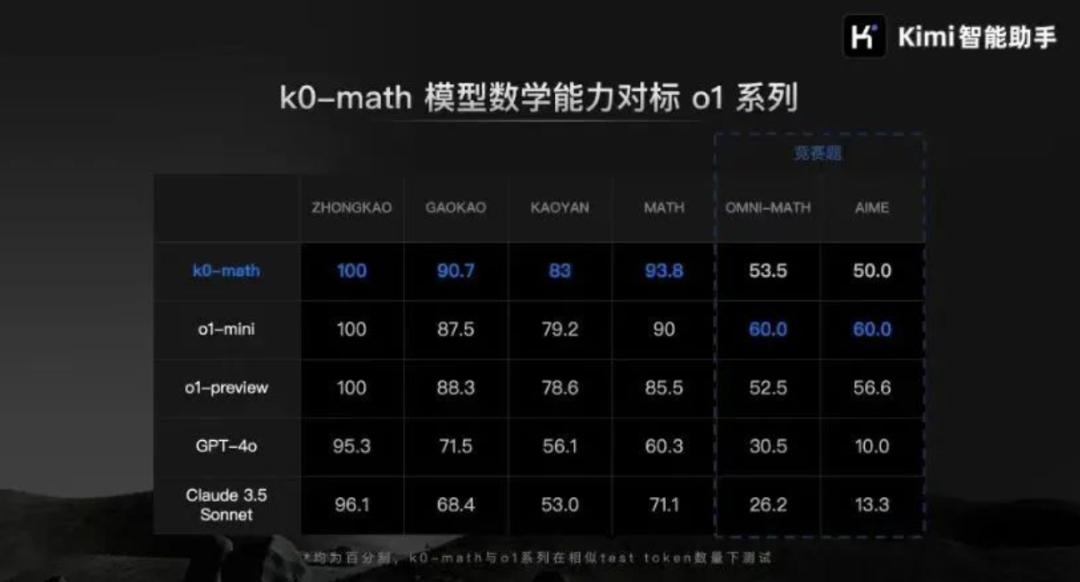
Perhaps because Kimi entered the market late, this sector is no longer solely a test of R&D capabilities. Especially in 2024, as NVIDIA continues to set new highs and large companies begin to realize profits, the pressure on newcomers like Kimi to commercialize is increasing. For Kimi, this is a true elimination game. Therefore, Kimi's commercialization pace has been very tight, even frantic.
In the C-end market, in May 2024, Kimi introduced a reward function where users need to pay between 5.20 yuan and 399 yuan to purchase gifts to obtain different peak-hour priority usage times; in July, it relaunched browser plugins to increase traffic inlets. In the B-end, Kimi released enterprise-level APIs in August, providing API services for large enterprise customers with higher stability requirements.
The opening of B-end interfaces marks that Kimi, which has been focused on TO C, has entered a stage of synchronized development in both C-end and B-end. From another perspective, does this mean that Kimi's overall perspective or strategic resolve is still lacking?
According to the "Global Digital Economy White Paper (2024)," there are 1,328 basic large models globally, with 478 in China. Whether in the B-end or C-end, compared to other early entrants with abundant resources, Kimi has no advantages in terms of traffic or brand. To reverse this downturn, Kimi's approach is simple and brutal – directly spending money.
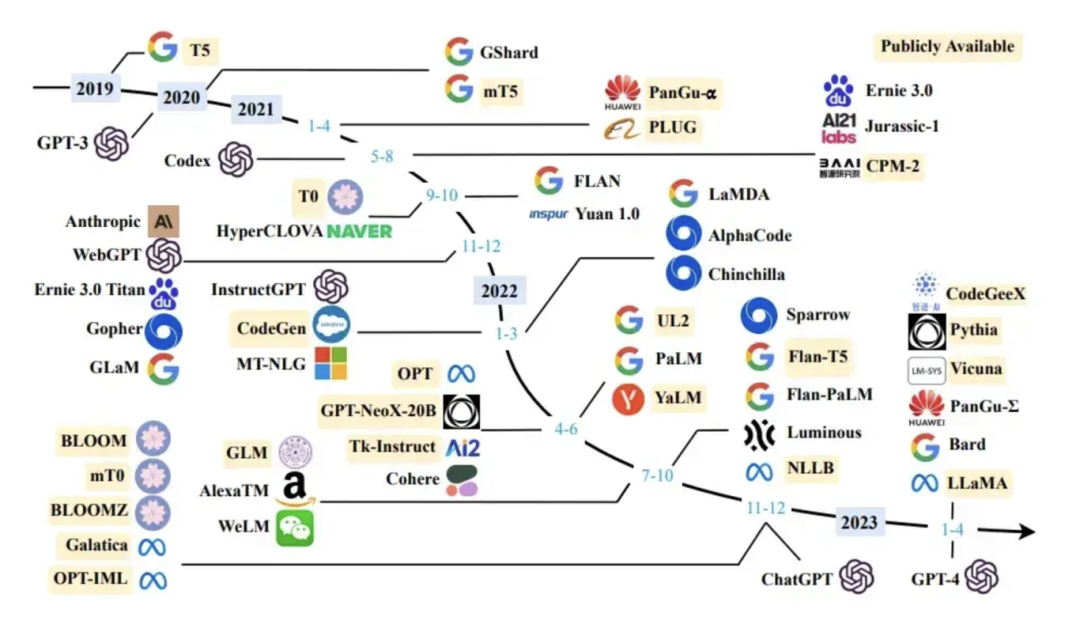
Last month, Kimi trended on social media for burning through money. Data shows that Kimi invested 150 million yuan in the third quarter of 2024 and 110 million yuan in the first 20 days of October. Although Kimi's monthly active users reached 1.1285 million in January 2024, and its website visits exceeded 27 million in October, it seems to have fallen into the same misstep as online education in previous years in burning through money. However, the difference is that it is difficult for Kimi to recoup its investments.
Other traffic giants can Tilt flow rate through their own products, while Kimi relies on market budgets. But what will happen if the investment stops? In competition with over 400 large models, Kimi's technological advantages are not prominent, and it lacks traffic and brand recognition. While burning money is not the optimal solution, it seems that Kimi has no other means to solve the problem.
Kimi's dream of an intelligent assistant still needs a carrier
Kimi's goals are ambitious. When asked about its future goals, Kimi responded that it aims to become a more comprehensive, intelligent, and reliable AI assistant, providing users with richer and more efficient services. Then the question arises: how will Kimi achieve these ambitious goals?
Opening API interfaces to developers is one method. By integrating Kimi's functions into their applications, developers can use these interfaces, and Kimi can charge for API calls. The most obvious problem with this approach is the fierce competition, making it difficult for Kimi to achieve its ambitious goals.
Kimi needs a carrier, one that can serve as an entry point.
Baidu's approach is to reconstruct traditional products like search and document libraries through AI to gain traffic. In the third quarter of 2024, ERNIE Bot was called an average of 1.5 billion times per day. Additionally, Baidu launched the Xiaodu AI glasses, positioning them as a potential future traffic inlet. So what should Kimi do?
Currently, on the official website of the Dark Side of the Moon, there is no targeted layout for Kimi. While AI can reconstruct the internet ecosystem, it must still grapple with traditional internet challenges like user acquisition and retention. Without other content support, it will be difficult for Kimi to maintain long-term user retention solely through its intelligent assistant.
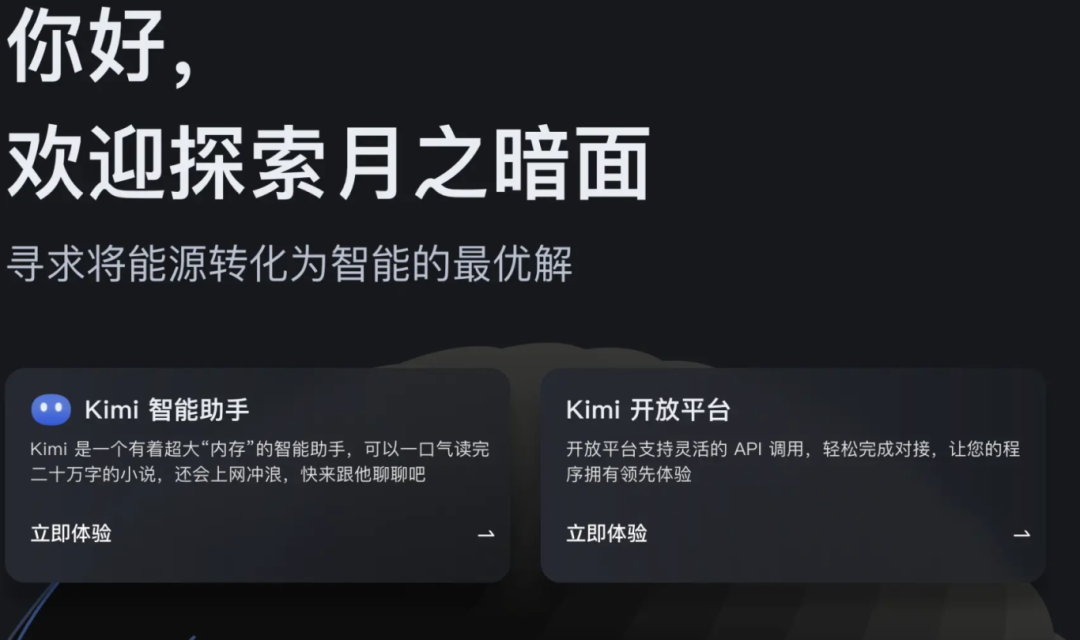
New-generation companies represented by OpenAI do need to consider profitability. OpenAI estimates its revenue will reach $3.7 billion in 2024. Kimi's biggest problem is that it is difficult to become the universally recognized industry leader. Forced to engage in large-scale marketing, it needs to first establish a product ecosystem before competing for traffic.







